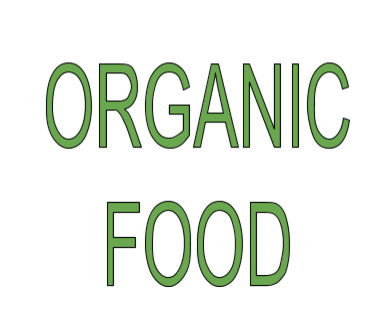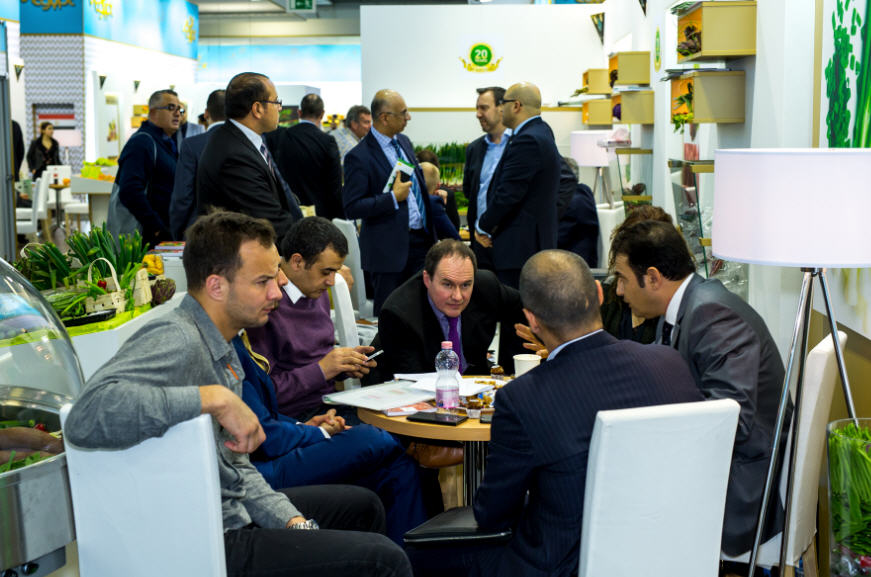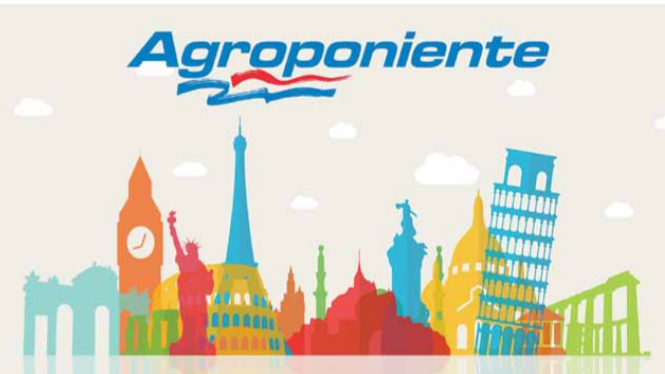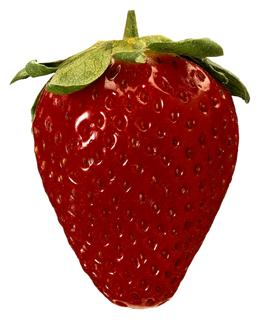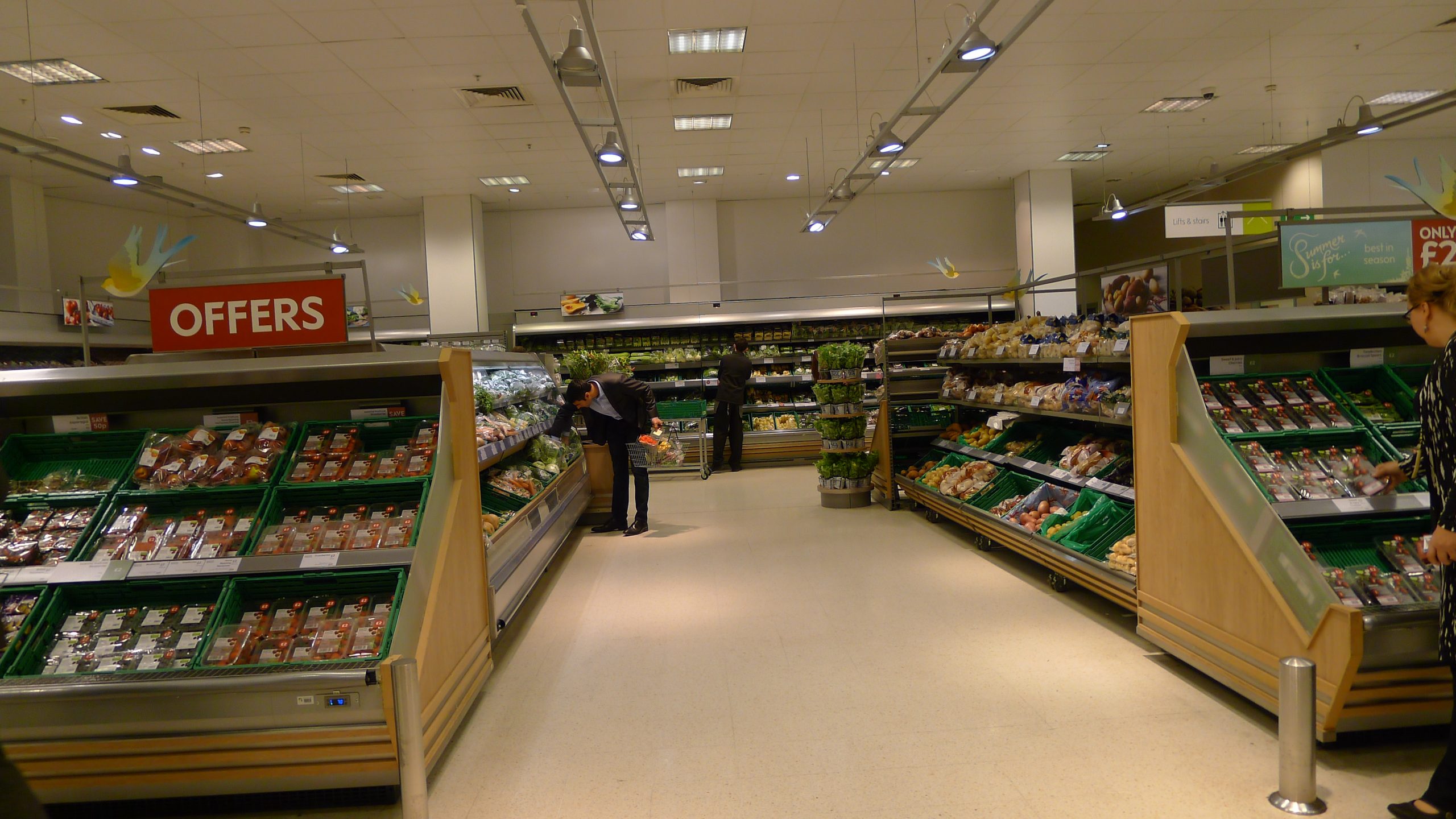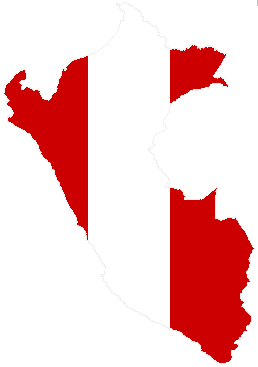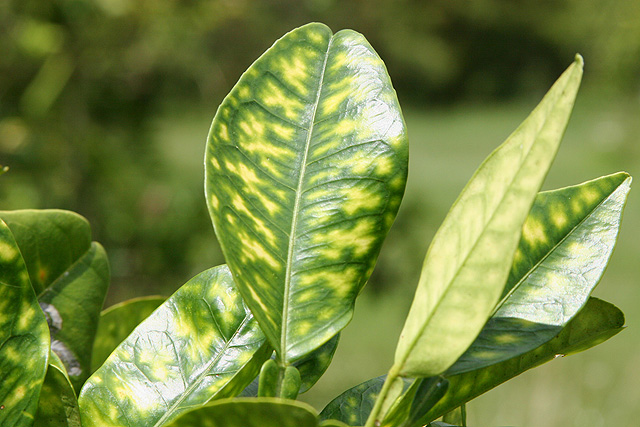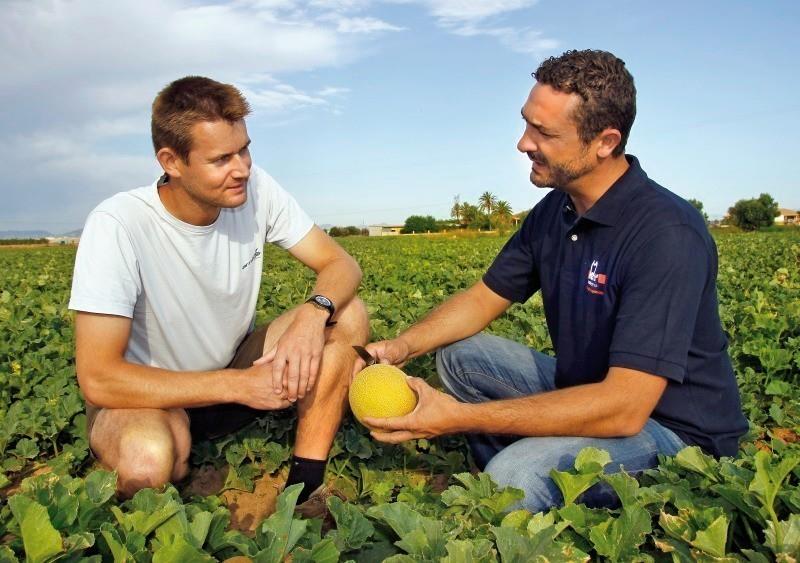
About one million trays of Zespri kiwifruit will be sold in Thailand, Cambodia, Myanmar and Laos in the 2016 season as the first step in a new collaboration between Zespri and T&G. That would make for a nearly 50% increase in Zespri’s Kiwifruit sales in those countries in the 2015 season.
During last week’s Fruit Logistica fair in Berlin, the companies have signed a Memorandum of Understanding (MOU) confirming their intention to work together to develop market opportunities together to grow export sales.
T&G Global chairman Professor Klaus Josef said both companies are big New Zealand horticultural exporters with strong global brands. Similarly, Zespri Chairman Peter McBride said both are major contributors to the New Zealand economy and offer premium branded products supported by innovative marketing. “This MOU formalises our intentions to look for opportunities to use our respective strengths to grow sales,” McBride said.
“This proactive collaborative marketing partnership will accelerate the growth in kiwifruit sales across a region with huge potential. T&G will develop sales programmes for Zespri Green, Zespri SunGold and T&G products in these four Southeast Asian countries, leveraging the strength of the Zespri brand and marketing strategy with T&G’s existing business expertise, distribution channels and strong product offering,” he said.
T&G branded products such as JAZZTM and ENVYTM apples also to be promoted
Lutz said T&G will open an office in Bangkok to represent and support the companies’ sales programmes. The new team will work together to grow sales of both Zespri and T&G branded products like JAZZTM and ENVYTM apples in the region, with a regional manager already appointed and key account managers appointments to follow.
In a joint press release, the companies aid the collaborative arrangement is the first of its kind to be approved by regulator Kiwifruit NZ (KNZ) and learnings from it will be used to inform future collaborative programmes.
McBride said the recent Kiwifruit Industry Strategy Project (KISP) consultation with growers heralded a change in direction for Zespri and collaborative marketing. “This has opened the way for Zespri to partner with companies which can offer strong coverage in new or developing regions for Zespri and increase returns to our growers.”
About 1.6 million trays of Zespri Kiwifruit were sold through collaborative marketing in 2015 and about 2.8 million have been provisionally approved for 2016.
About Zespri and T&G
Based in Mount Maunganui, New Zealand, Zespri is the buyer of NZ kiwifruit for export to every country with the exceptions of Australia and collaborative marketing approvals for non-Zespri varieties.
Zespri manages kiwifruit innovation and supply management, distribution management and marketing of Zespri Green, Zespri SunGold, Zespri Organic, Zespri Gold and Zespri Sweet Green Kiwifruit. Its sales revenue for 2014/15 was s of $1.57 billion.
According to the release, T&G Global Ltd is recognised as New Zealand’s leading distributor, marketer and exporter of premium fresh produce. Since 2012, BayWa AG, Munich (Germany) has been its major shareholder.
Along with partner growers, T&G grows fresh produce in over 20 countries, including pipfruit, grapes, citrus, kiwifruit, asparagus, berries, summerfruit and tomatoes. It has a network of over 253,000m2 of storage facilities in New Zealand and a global distribution network covering sales, marketing and logistics.
Photo (supplied): Zespri Chairman Peter McBride (left) and T&G Global Chairman Professor Klaus Josef (right) after signing the MOU at the 2016 Fruit Logistica in Berlin.


